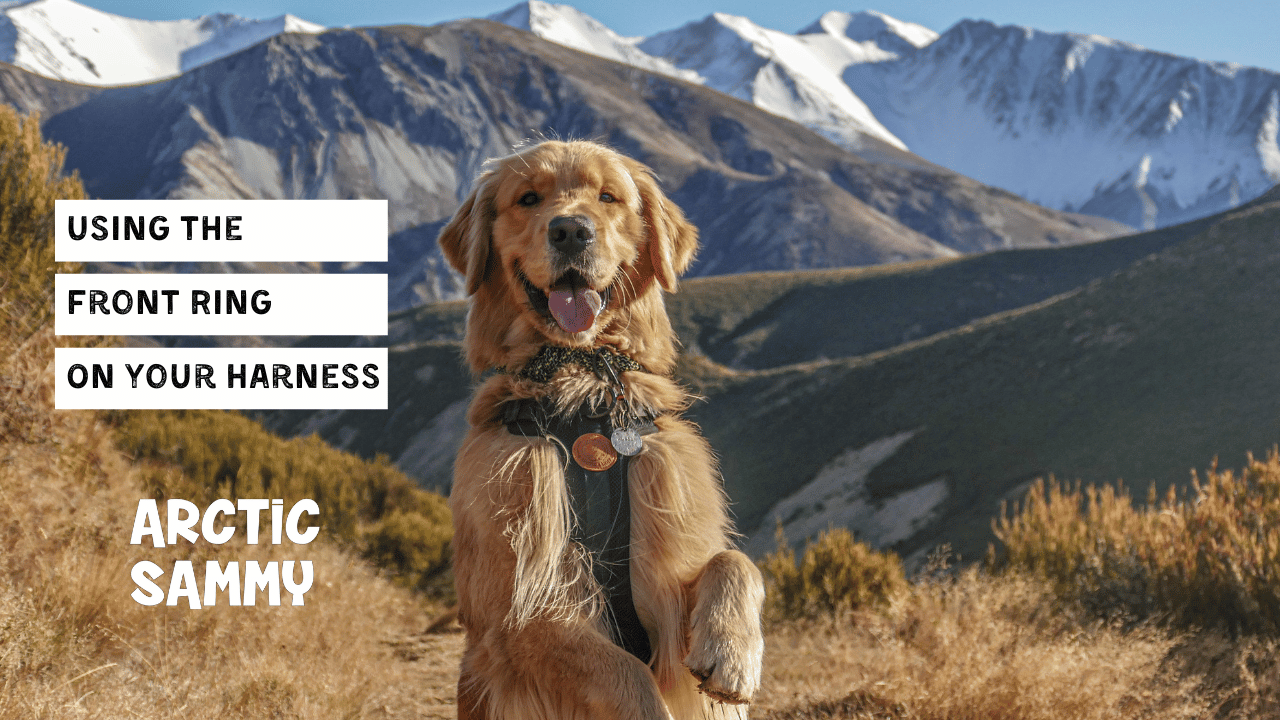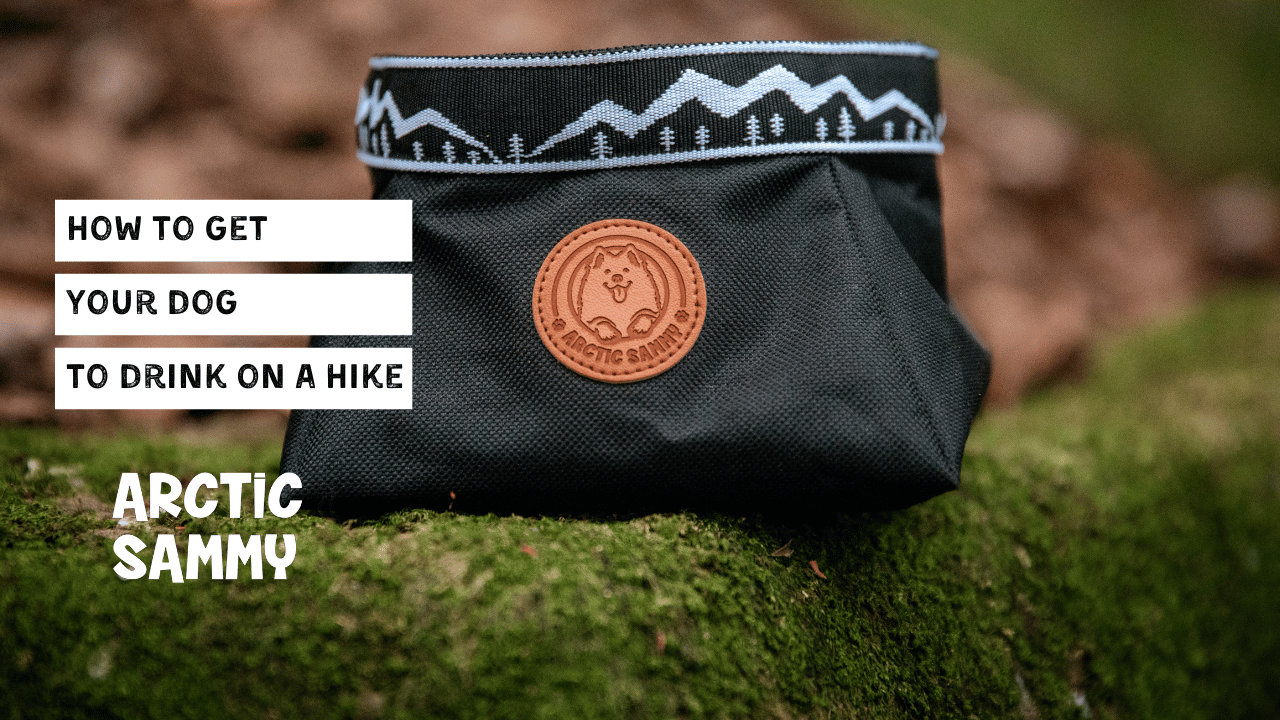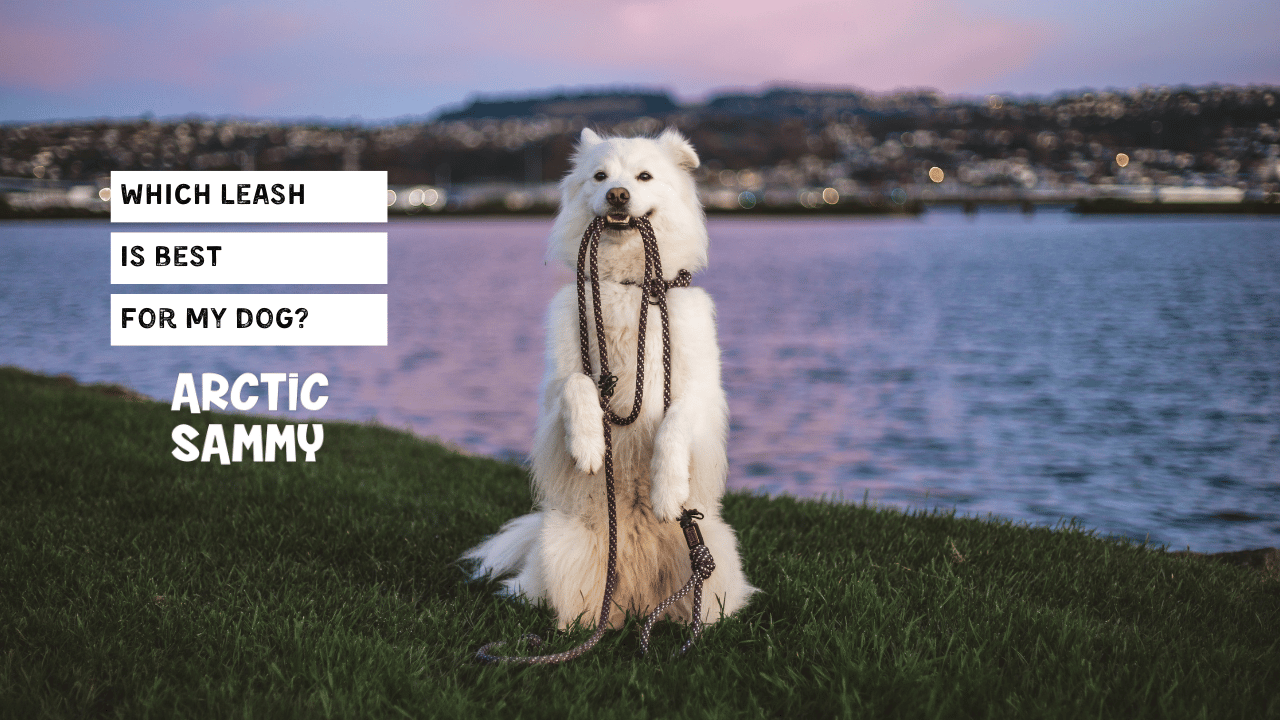Let’s start by discussing what a front-ring harness is. A front-ring harness is usually equipped with 2 lead tether points: one on the back (back-ring) and one located at the chest (front-ring):

The idea behind any front-ring harness is to steer your dog towards you and stop or reduce the pulling. The pulling force on the lead attached to the front-ring turns them and helps the dog understand that this is not the easiest way to go forward. It also helps to redirect your dogs focus back onto you and away from whatever he is more interested in at the time.
We have designed our Arctic Sammy Adventure Harness with the ideal position of the front-ring, right above the chest bone. The chest bone is the spiky bone that you can easily feel on the chest of your dog. This is crucial as the wrong position would result the lead or harness to go across the legs, tripping the dog instead of steering them. We have seen such set ups way too many times.
You can already tell that the right harness fit is of utmost importance, not just to avoid pulling but to ensure your new harness is not sliding to the sides or causing irritations.
We are always happy to assist you with finding the right fit. Simply send us a message or have a look on our sizing corner to see different breeds wearing our Adventure Dog Harness.
I want to stop my dog from pulling. Should I always use the front ring on my harness?
Many imagine the effect of clipping your lead into the front-ring of your harness to be immediate: just put it on the dog, and you never have a problem with pulling again! But, unfortunately, the topic is a little bit more complex than that.
Think about how smart your pup is (who hasn't been "outsmarted" by your dog before?). Yes, they are clever to get their ways and go where they want to go when they want to go. Most dogs are great at adapting too. Without training, most dogs will just get back to pulling as soon as they learn that they can still do it in the new setup. Other dogs will seemingly stop pulling when using the front- ring. These are usually the more sensitive dogs who don’t like the change in the pulling direction.
The solution to avoid lead pulling is a great training plan, endurance, patience and the right walking gear to go with it. It is best to reach out to a local dog trainer who can help you achieve your goals with your pup.
So the short answer is no. Imagine the front-ring to on our harnesses to function like the brakes in your car - you are using them when you need to, otherwise you use the back-ring which is your main tether point. Only when your dog is unfocused, pulls and needs to be redirected, you are giving the front-ring a short and gentle pull. We recommend one of our 3m Everyday Leads with an extra carabiner attached to the handle. Clip your swivel carabiner onto the back-ring and the extra carabiner onto the front-ring.

You are then holding onto the end attached to back-ring for most of your walk. The other end only gets used when needed with your other hand - always in combination with commands and yummie rewards for your dog.
Get the right size harness for your dog
We get a lot of questions around harnesses for puppies. As they are growing so fast, the questions comes up whether you can get a slightly bigger harness that will still fit once your dog is fully grown. Yes, you can do so but we do not recommend it.
If you are looking to utilise the front-ring to support your lead manner training, then the harness only works when it is fitted tide around your dogs body. Only then, you will have a great effect with the front-ring tether point and the harness does not slide up or to the sides as the front ring stays right on the chest bone.

An effective no-pull front-ring harness sits close to the armpits, while a comfortable harness, e.g., for hiking, would leave plenty of room behind the front legs. This is true for all effective front ring harness designs, whether it is a Y- or H-harness, with or without a chest pad.
Once your dog has had sufficient lead training, we recommend to get your Arctic Sammy Adventure Harness in the size that allows enough room behind the front legs and is comfortable for your dog to wear on any walk or adventure you have lined up.
The Summary
Utilising the front-ring attachment on our Arctic Sammy Adventure Harness is a great help during your lead training but not a stand alone solution. It can be a great tool if your dog is a strong puller and/or you are having trouble holding your dog back. The tight-fit harness you need to have for the front-ring attachement to be affective is not meant to be a comfortable design to wear on long hikes or off-lead runs. Instead, this feature is intended to be used alongside training, helping you maintain control and redirecting the dog. Once your dog has good lead manners, make sure to upgrade to a bigger size and enjoy lot's of wonderful adventures with your dog and your Arctic Sammy Adventure Harness!




